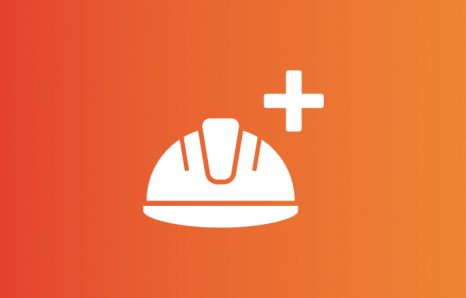Good footwear that meets health and safety requirements is essential in the industry but knowing how to take care of what goes inside your boots (feet) is also important. By taking care of your feet, foot and ankle injuries can be avoided. This can also improve overall comfort when working long hours on uneven surfaces. Kelly Edwards, a podiatrist with experience working with the railway industry, shows you simple ways to help you feel better and healthier on your feet.
You may also be interested in:

BROS: Building relationships on site
2023's Wellbeing Hero Award winner, Vikky Goodwin, takes you through the mental health initiative she set up to help frontline employees proactively engage with mental health conversations. The scheme encourages employees to react to situations at work in the same way they would in normal life, substituting work behaviours for personal behaviours and treating colleagues how they would family and friends. Learn practical and effective strategies so you can try them in your organisation.

Occupational hygiene: The missing piece of the puzzle
We’re always looking for ways to keep everyone safe from harm at work. In this session, Claire Forshaw discusses situations where occupational hygiene can be used for rail projects, its benefits, and some real-world examples.

Occupational hygiene within the rail industry: What can it do for you?
Too often we measure our exposure to harm only after that harm has happened. The RWA Occupational Hygiene Management Group talks about how it’s time for a new, proactive strategy, that helps us to avoid risks, ultimately to improve quality of life for our colleagues.
